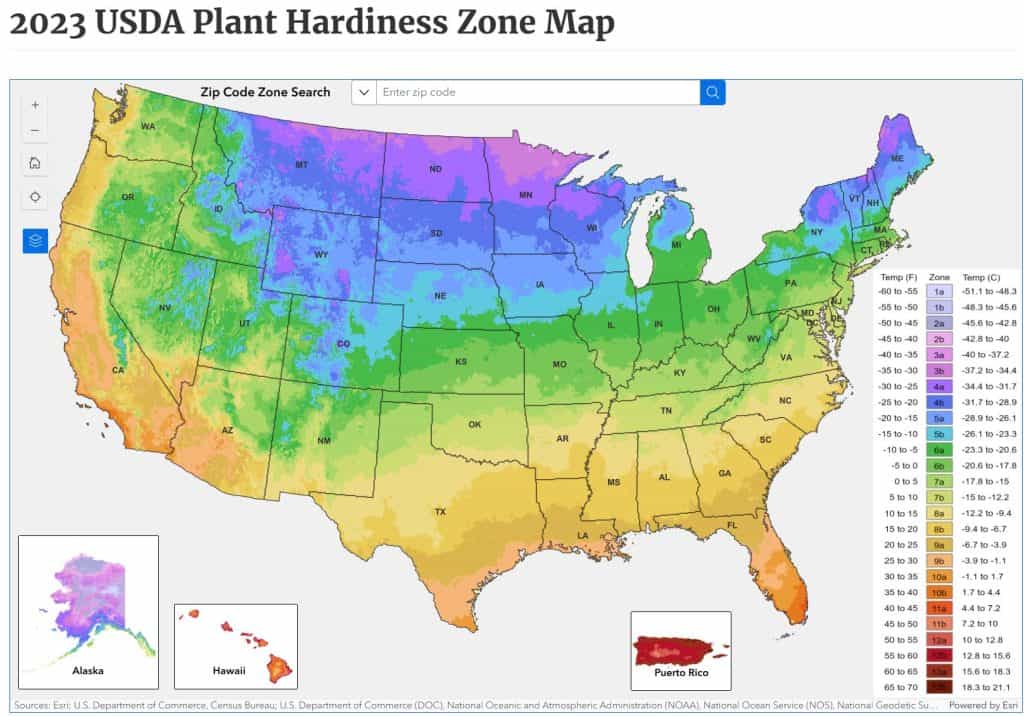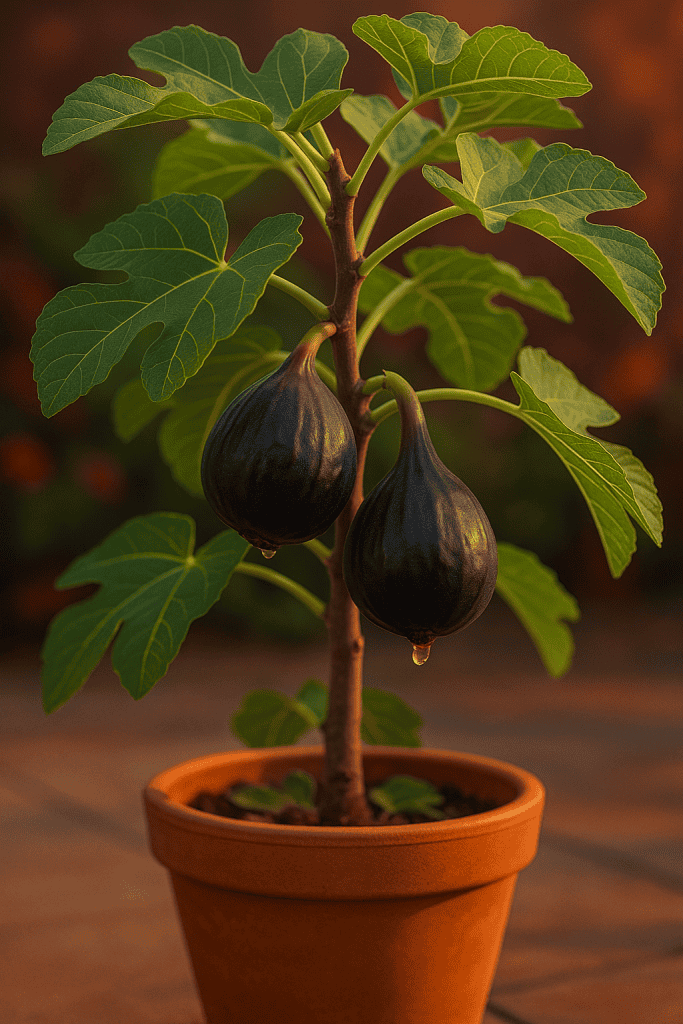Fig Varieties
Black Madeira: The Moody Rockstar of My Fig Collection
Let me tell you about the first time I tasted a Black Madeira fig. It was mid-August, late afternoon, and I was hunched under a fig tree like some sort of backyard cryptid—sticky hands, sunburned arms, borderline delirious from the heat. I’d been nurturing this tree for three years, obsessively pruning, repotting, whispering encouragement to it like it was my moody teenage child. When that first fruit finally softened just right—dark and heavy in my palm—I took a bite.
And for a second, time just… stopped.
It was like someone had distilled every deep, dark flavor in the universe into one bite. Berry jam. Burnt sugar. Molasses. A tiny whisper of tang. Honestly? I had to sit down. That’s the moment I knew—this fig had earned its legend.
So, What Is Black Madeira, Anyway?
Black Madeira is a type of Ficus carica, the common fig, but there’s really nothing common about it. Among fig collectors and growers, this variety has cult status. It’s like the vinyl record of the fig world—rich, nuanced, a little finicky, and beloved by people who get emotional about fruit. They don’t call it the King of figs for nothing!
Technically, it’s a dark fig. Culturally, it’s a flex. People swap cuttings like they’re trading baseball cards, and it’s not uncommon to see “BMKK” or “Black Madeira (KK)” floating around in fig forums—that’s the version made famous by grower Keith K., known for producing especially rich fruit.
The Flavor That Stops You in Your Tracks
You know how most store-bought figs taste kind of… fine? Mildly sweet, maybe a bit grassy? Black Madeira is their dramatic older cousin who’s been studying jazz in New Orleans and only wears vintage black.
When ripe, it’s intensely sweet—like homemade jam left to simmer just a bit too long, but in the best way. There’s a caramelized depth, almost like toasted sugar, paired with a rich berry core. Some describe hints of figgy pudding or red wine, and honestly, they’re not wrong.
And yeah, there’s a little acid bite in the finish—just enough to keep things interesting. It’s not a one-note fruit. It’s a whole composition. This is what creates the depth of flavor. Some figs are just monotonous and simple. Like just a sugar fig, but the Black Madeira is different. It is hard to describe what your taste buds are telling you because there are so many layers to the flavor.
That Color, Though
Looks-wise, Black Madeira is pure seduction. The skin goes from dark purple to an almost inky black, especially when fully ripe. Often you’ll see little cracks or tiny beads of syrup oozing from the eye (the opening at the base of fig). That’s your sign—it’s go time.
Inside? The pulp is deep ruby red, like stained glass glowing in the sunlight. Sometimes it’s borderline neon. If you’re into photographing your harvest (no judgment—I do it too), this fig is straight-up figfluencer material.
Okay, But Is It a Pain to Grow?
Short answer: a little. But worth it.
Black Madeira isn’t a prima donna, but it definitely wants certain conditions. It thrives in warmth and needs a long, hot growing season to develop that legendary flavor. In USDA zones 9–11, you’re golden. If you’re in a colder climate, you’ll want to grow it in a container, bring it indoors during winter, and probably give it a grow light setup. Basically, this fig needs to be pampered like a spa guest.
It’s a moderately vigorous grower—not the fastest, not the slowest. Mine tends to branch low and gets bushy if you don’t prune it, so I shape it each spring to keep airflow up and make harvesting easier.
Confession Time: My Love-Hate Relationship
I’ll be real with you. Growing Black Madeira can be… dramatic.
My tree took nearly three seasons to produce a fig that ripened fully. The first year? Nothing. The second? A couple of tiny fruits that dropped early. Third year? Bingo. And the emotional payoff was massive.
There’s something ridiculous and beautiful about caring that much for a single piece of fruit. I’ve babied this tree through cold snaps, spider mites, and one ill-fated attempt to graft it onto a different rootstock (we don’t talk about that anymore).
Would I do it all again? In a heartbeat.
Should You Grow It?
If you’re the type who likes low-maintenance plants that “just do their thing,” Black Madeira might not be your vibe.
But if you love a challenge—if you’re the kind of person who waits all year for that one perfect tomato, or who talks to their plants like roommates—then yes. A thousand times yes. Just know what you’re signing up for: some heartache, a bit of hassle, and the best fig you’ll probably ever taste.
A few quick tips if you’re tempted:
- USDA Zones & Growing Tips Recommended grow zones (Zone 9–11 ideally, container growing in 7–8)
- Sunlight is non-negotiable. Grow lights help if you’re indoors.
- Don’t overwater. This fig hates soggy feet.
- Give it time. Like a fine wine (or a good dog), the fruits taste better as the tree ages.

Grab your own Black Madeira Fig Tree and taste this mind blowing fig for yourself! See if it truly is worth the hype.
Final Thought: The Crown Jewel
Black Madeira isn’t just a fruit—it’s a story. A tiny, sugar-filled reminder that good things take time, and great things take obsession. If you’re lucky enough to grow one, and patient enough to wait… that first ripe fig will knock you flat.
Got questions about growing it? Already obsessed and just want to gush? Drop a comment—I’ll happily talk figs all day.

